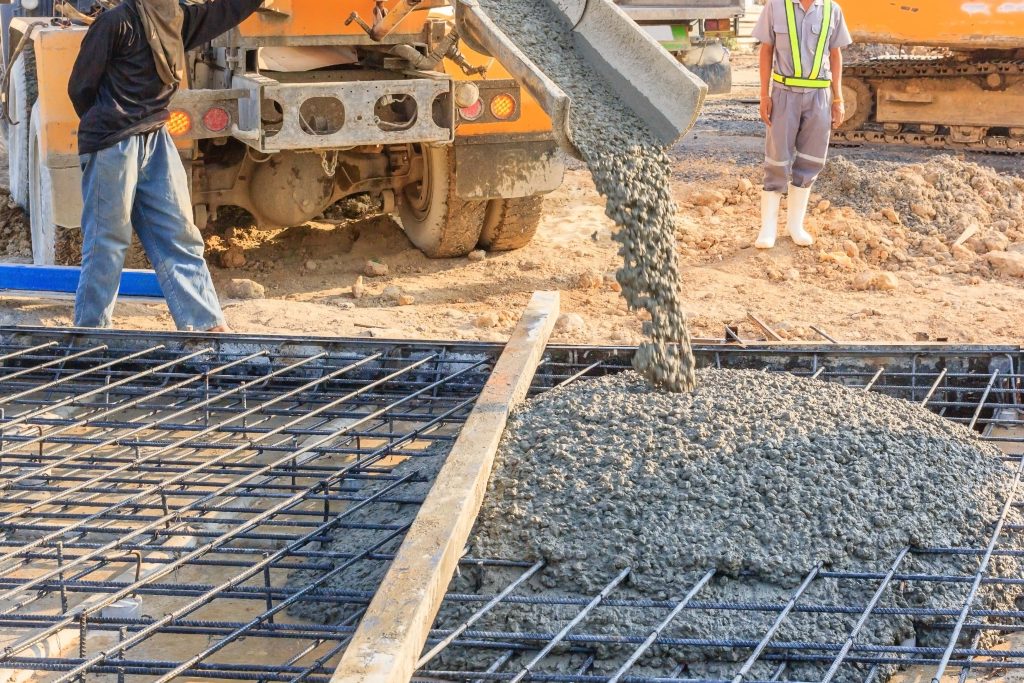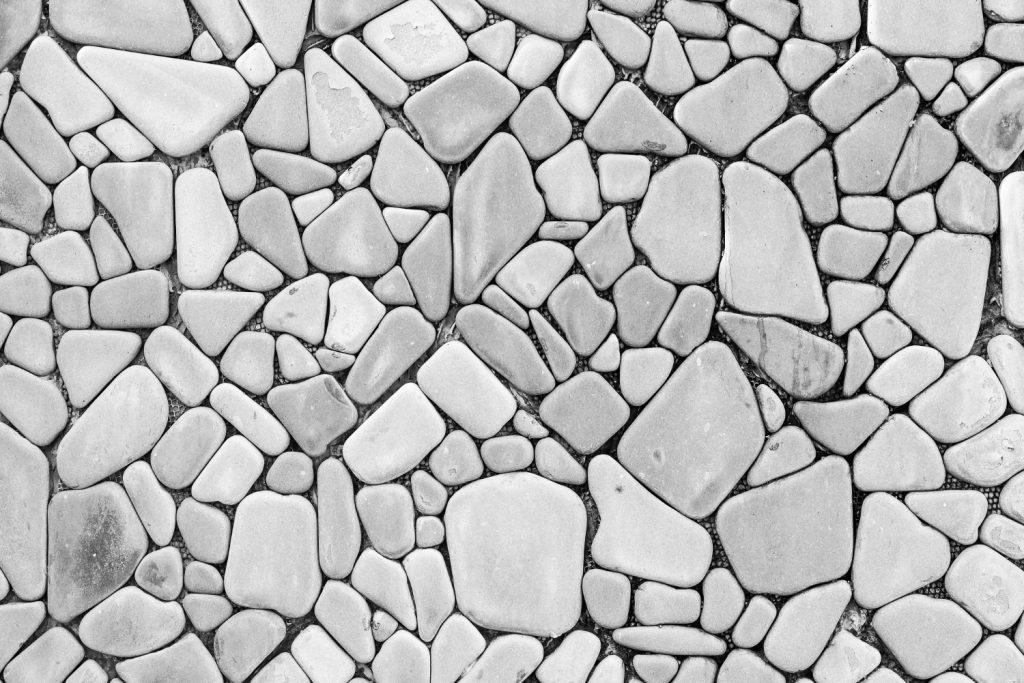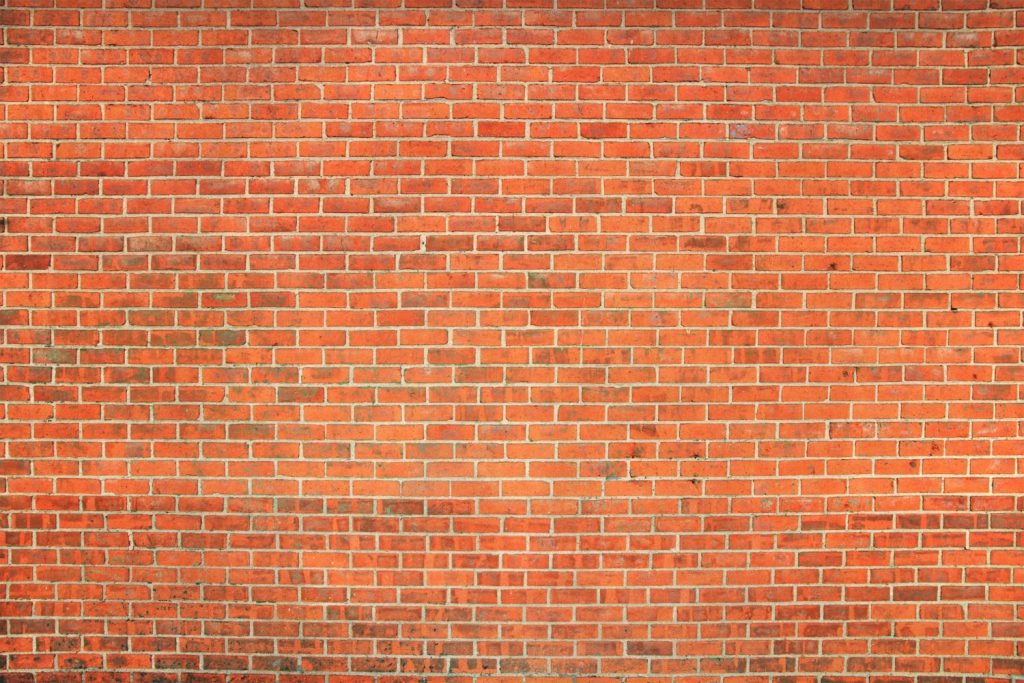Construction materials are the essential elements that make up our built environment. These materials play a vital role in our everyday lives because they are the building blocks of our commercial buildings and residences. From the foundations of skyscrapers to the shingles on our roofs, these materials play a vital role in our everyday lives. There are numerous construction materials used in the construction industry. These materials include lumber, steel, concrete, stone, and brick. Each material has its own unique properties that make it suitable for different types of construction projects.
Top 5 Common Materials Used in Construction
The choice of material can also affect the overall cost of the project, as well as the environmental impact. It is important to consider the properties of each material when selecting a construction material. Let us discuss different common materials used in construction.
Concrete

Concrete is one of the most versatile construction materials, and can be used to build everything from bridges to houses to dams. Concrete stands as one of the most commonly used construction materials. Comprising fine and coarse aggregates, cement, and water, concrete solidifies over time, with seven days for curing and an average of 28 days to achieve maximum strength. Reinforced concrete, embedding steel for increased tensile strength, is commonly used. Its versatility allows it to take any shape and harden into a stone-like substance, making it ideal for foundations, residential and commercial construction, bridges, and culverts.
Steel

The advent of steel changed the construction practices and traditional styles. Steel is a strong and durable material that is often used in structural applications. It is also lightweight and easy to work with, making it a popular choice for many types of construction projects. A composite material of iron and carbon alloys, steel boasts high strength, lightweight properties, and cost-effectiveness. It maintains structural stability even when bent, making it ideal for tall modern buildings. Common uses include structural sections, roofing, internal fixtures, and utilities. However, susceptibility to corrosion and reduced resistance to high temperatures are considerations.
Wood

Wood, among the oldest construction materials, is naturally available, cost-efficient, and environmentally sustainable. Its flexibility, durability, and ability to work well with other materials make it versatile. It is a pure natural material that is renewable and sustainable. It is often used for framing, flooring, ceilings, interior fittings and roofing applications.
Stone

Stone is a durable and long-lasting material that has been used in construction for centuries. It is often used for foundations, walls, and paving. Stone is oftenly used in walls, floorings, and diverse textures. Options like sandstone, granite, and marble offer versatility in color and finish. Stone is employed in construction for rough aggregate, masonry works, ballast for railways, and damp proofing. However, its weight and poor insulating properties are drawbacks.
Brick/Masonry

Masonry, employing bricks bound with mortar, is fire-resistant and durable. Concrete blocks reinforced with steel are prevalent. Used for load-bearing walls, foundations, and decorative finishes, masonry supports multi-story buildings economically.
Read More:- Wooden Construction Material and its Trend in Construction Industry
Other Construction Materials
Bamboo: Bamboo is a strong and lightweight material used in flooring, carpentry, and furniture.
Construction Foam: Offers thermal insulation and curtails air infiltration.
Glass: Glass is used in facades, flooring, and internal partitions for its aesthetic appeal.
Aluminum: Eco-friendly and in increasing demand, often alloyed for increased strength.
While selecting construction materials, following factors should be given priority.
Durability: Affects defects liability and warranty periods.
Cost: Balancing affordability with lifespan and utility.
Environmental Impact: Considers pollution, energy consumption, and waste.
Conclusion
The importance of selecting the correct materials for a construction project cannot be overstated materials for the construction process can highly influence the durability, cost-effectiveness, and environmental impact of a project. Understanding the qualities and drawbacks of each material ensures the successful realization of construction goals. In short, the importance of selecting the correct materials for a construction project cannot be overstated.

